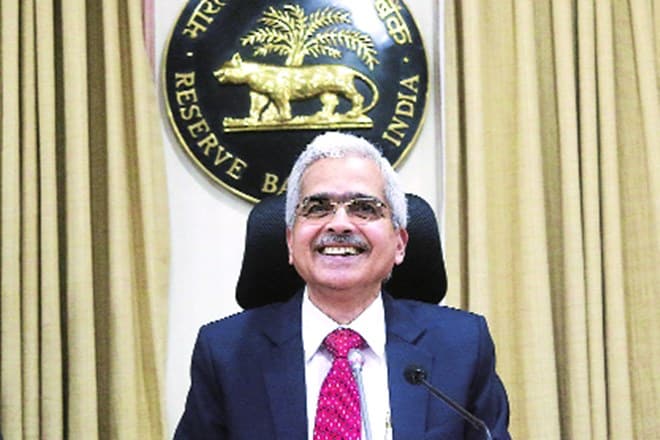A higher-than-expected 35 basis points (bps) cut in the repo to 5.4%, easier norms for lending to NBFCs and relaxed risk weights for most consumer loans were the key measures announced by the Reserve Bank of India (RBI) on Wednesday to prop up growth. The central bank said addressing growth concerns by boosting aggregate demand, especially private investment, was its biggest priority. The RBI revised its growth forecast for FY20 to 6.9% adding “the risks are tilted to the downside”.
RBI governor Shaktikanta Das was hopeful of more transmission in the future than has taken place since the current rate cut cycle began in February. Till June, a cumulative 75 bps cut had yielded a cut of just 29 bps on fresh loans by banks.
At the same time, Das was clear that the central bank could not pressure banks to lend. “Lending activity by banks depends on their risk perception and we cannot tell banks which borrower they should or should not lend to. It is for banks to consider and examine individual loan applications for credit and give the loans,” the governor said.
Das assured the markets liquidity, which is currently in a surplus, would be available.”We are providing an enabling situation where the banks should be able to ensure better credit flow,” Das said.
Sonal Varma, chief economist at Nomura, observed that the commitment of the RBI to maintain surplus liquidity, albeit qualitative, bodes well for monetary policy transmission and should alleviate tight financial conditions at the margin. Economists expect further rate cuts given inflation is estimated to be benign — 3.6% in Q12020-21 — and because the economy is slowing sharply. Rising risks to growth,under-shooting inflation and the dovish stance of major central banksopens up the possibility of more rate cuts this year,” DK Joshi, chief economist at Crisil, observed.
Pranjul Bhandari, chief economist at HSBC, observed the slowdown this time around was somewhat different in that credit growth was weak as was the consumption demand. “We need to do more in the form of a long rate cut cycle and reforms, which are missing now,” Bhandari said. Saugata Bhattacharya, senior V-P and chief economist, Axis Bank, pointed out that globally a 50 bps cut is a response in crisis. “The reason RBI might have done a 35 bps cut, to my mind, is that 25 bps would be an insurance cut,” Bhattacharya said, adding even if inflation was to rise to 4%, there would be a clear 140 bps worth of elbow room.
Governor Das observed that in the central bank’s view the slowdown was cyclical rather than structural. “Our understanding is that at this point it is a cyclical slowdown and not really a deep structural slowdown,” he observed. He added: “Nonetheless, we have to recognise there is room for certain structural reforms that need to be undertaken. We are still working on it and this is our understanding at this point in time.”
Das also assured the markets no systemically important NBFC would be allowed to collapse. The central bank, he said, was monitoring 50 large NBFCs and house finance companies.


